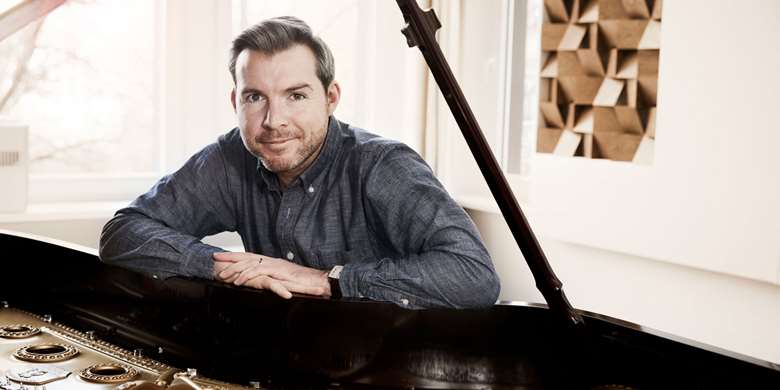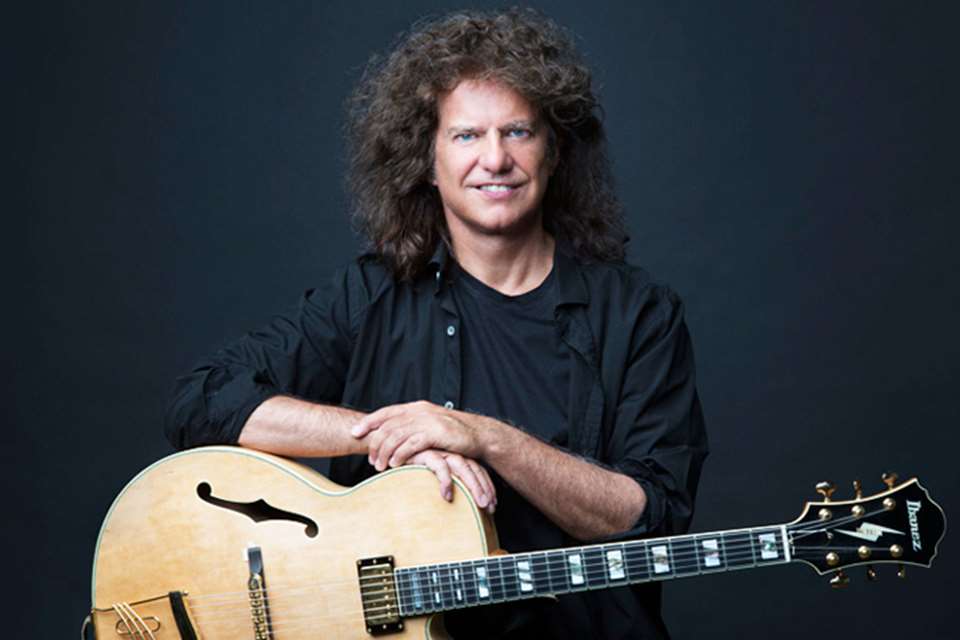Gwilym Simcock: “I want to have an emotional experience when I listen to music. I want it to move me”
Peter Quinn
Wednesday, November 20, 2019
Eight years on from his Mercury Prize-shortlisted ACT debut, pianist Gwilym Simcock returns with a second solo album for the label recorded at his home in Berlin. He talks to Peter Quinn about evoking emotions, restoring a 120-year-old piano, and why practicing in the afternoon won’t win you any friends in Germany


Register now to continue reading

Thank you for visiting Jazzwise.co.uk. Sign up for a free account today to enjoy the following benefits:
- Free access to 3 subscriber-only articles per month
- Unlimited access to our news, live reviews and artist pages
- Free email newsletter
